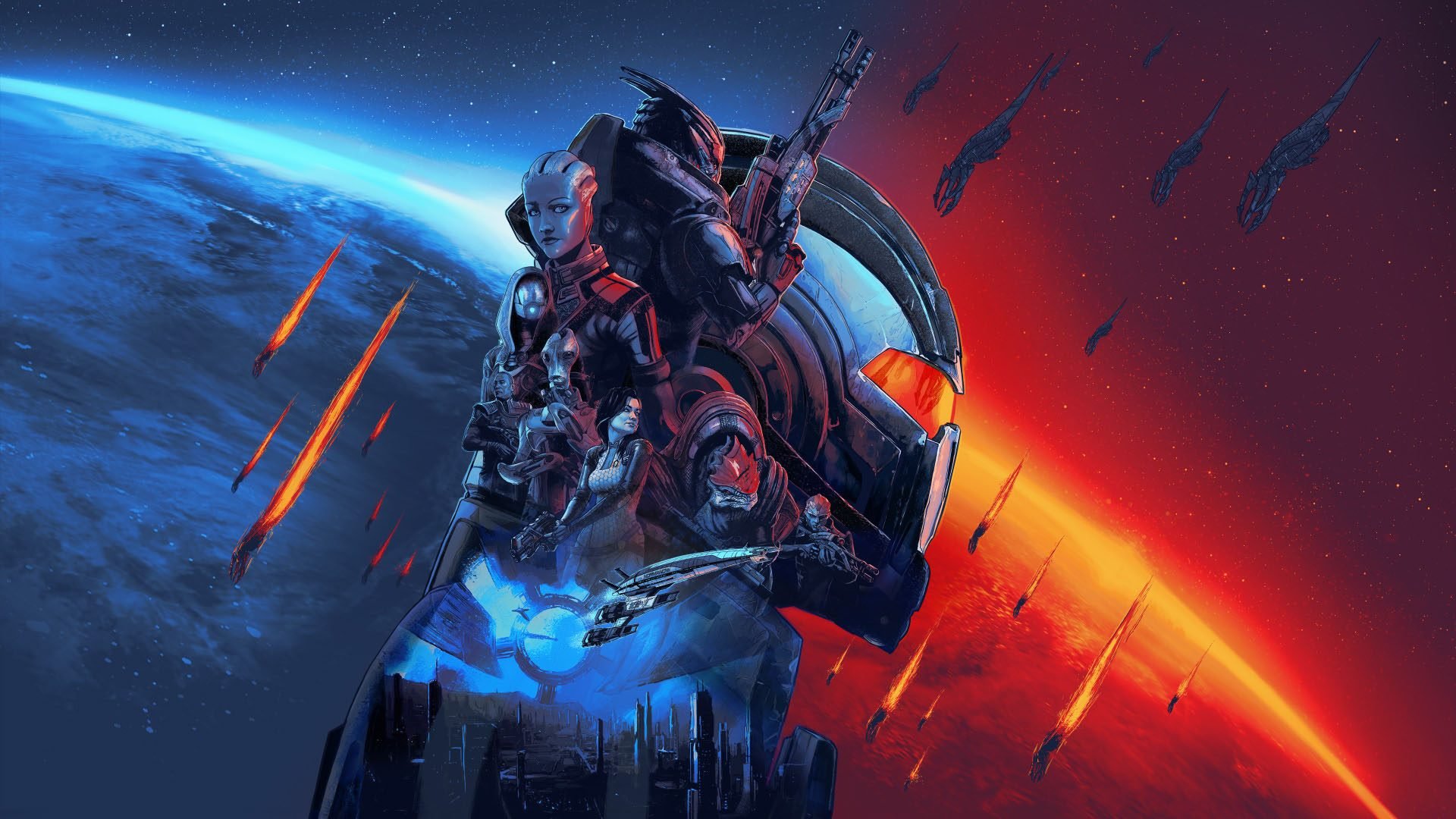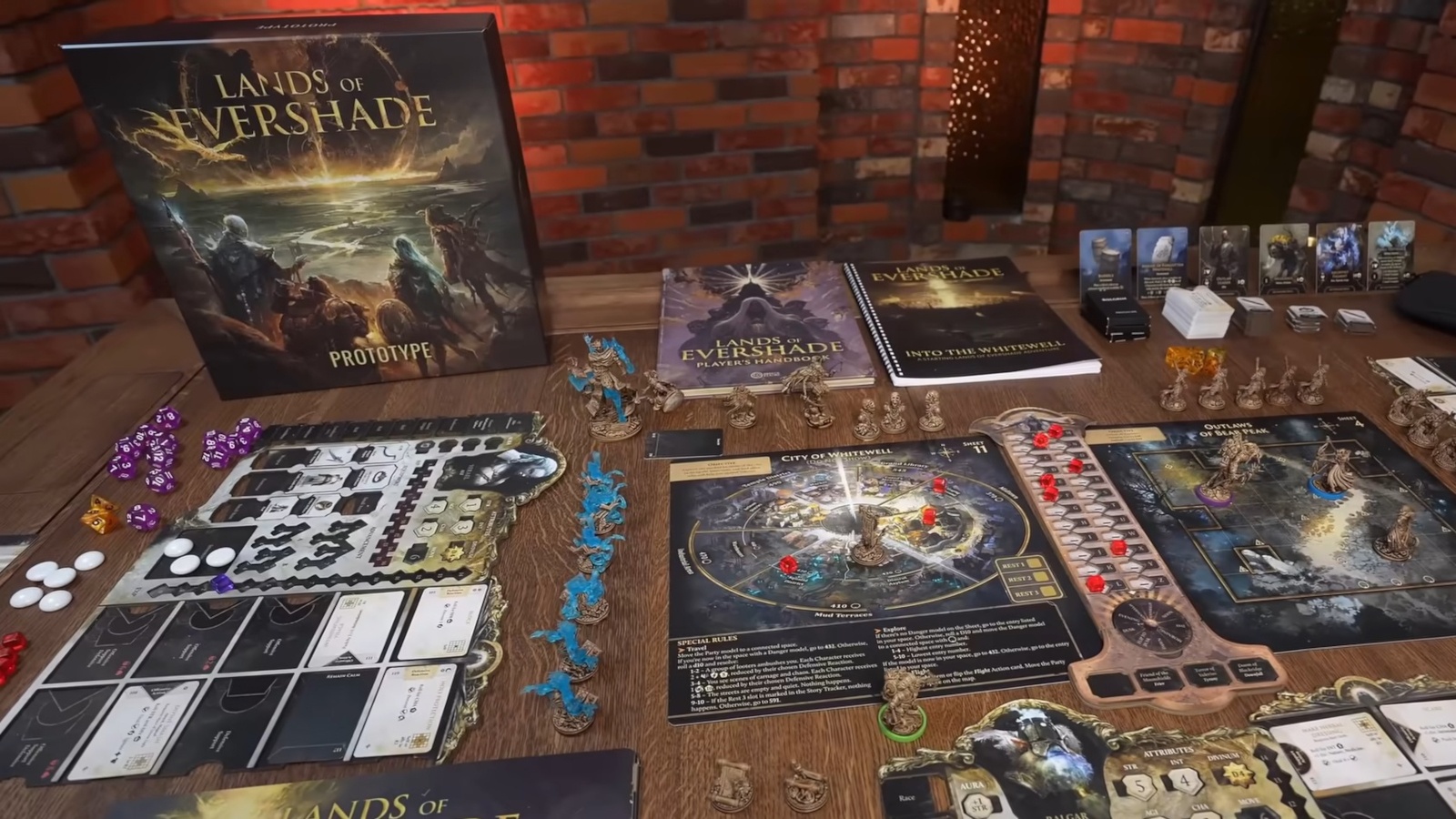Unreal Engine already look at the new generation. Although the fourth major version was recently updated to accommodate new consoles, Epic Games recently caught us all by surprise showing a technical demo of the Unreal Engine 5 running on PlayStation 5 that served to show what technology will dress the new next-gen. A short presentation, but full of details, which gives rise to much debate about the costs of new developments and the potential of new games. One that we wanted to break down for discover everything the UE5 can bring to new generation gaming.
The keys to Unreal Engine 5
Unreal Engine 5 is on the way, and wants to mark a before and after in the development of video games. Epic Games has already made it clear that their ambition knows no bounds, in addition to demonstrating that they are capable of offering hard-to-reject deals.
One of the great benefits of using this new engine, at least for the most humble studios, is the payment of licenses. Unlike other toolkits, developers will be able to use UE5 and also UE4 completely free of charge until your games reach $ 1 million profit. An initiative that encourages and stimulates development with its engine, making accessible a whole set of work tools directly aimed at the most professional field.
But here we are not only to talk about dollars, but to talk about technology and the real changes that we can see in video games thanks to the use of the UE5. Even if we saw the presentation on PS5, breathe with relief, because this engine will be compatible not only with Xbox Series X and PC, but also with current generation smartphones and consoles. Instead, it is to be hoped that these latest devices and systems will not be able to squeeze it to the same level as next-gen platforms.
However, What will UE5 do for the games of the future?
Nanite and film modeling
Nanite It is one of the jewels in the crown of the Unreal Engine 5. This technology is responsible for converting triangles, reducing amounts without losing an iota of detail at the geometry level. In the recent demo we've seen, Epic gave numbers on the possible conversion ratio for practical purposes, ensuring that it is capable of make billions of triangles per frame into about 10-20 million also per frame.

His proposal is interesting, especially since it is oriented to save a lot of work on optimization of models and drawn environments. The objective of this is to be able to import models with a very high level of quality, those that could be used for CGI effects of films, or even environments obtained by photogametry with Quixel Megascan, without having to worry about developing low or mid poly options. This technology also affects light and, above all, shadows, which now also adjust their level of detail at each pixel to achieve almost impossible realism.
Detailed textures to the millimeter
It is useless to have models with a very high number of polygons if they are poorly "painted". The new generation has already left traces of what it can show with what we are currently seeing in the work of 4K textures. The jump you want to take here through the UE5 is to work with 8K resolution textures now.

Its use in environments can be truly devastating, and at Epic they are doing everything possible so that it also involves a minimum overhead for the hardware when it comes to rendering them on the screen. Still, this is where the use of looming SSD hard drives will play a key role. In fact, Microsoft has already announced that its console has a specific system for plotting and working with texture data that will fit really well with what Epic offers.
Lumen to illuminate dynamic worlds
The other jewel in the crown of Unreal Engine 5 is Lumen. As its name already reveals, it is a technology focused on working with the lights and shadows of virtual environments. In this case, its main premise is dynamic global lighting, an approach with which you could make the definitive leap in the field of lighting.
And it is that, through Lumen, the idea is end the lights "bakeadas", those predefined and static that are usually used in environments to give more detail without overloading the system by doing calculations. According to Epic, the UE 5 is capable, with the new generation hardware, of tracing the infinite bounces of light and drawing all reflections, both direct and indirect, on huge and also small stages, at distances ranging from millimeters to kilometers.

Games like Final Fantasy VII Remake, which he needed the work of an entire neural network to calculate those "bake" lights that end up making Midgar much more realistic, could be greatly benefited by this technology. Lumen saves a lot of time in lighting calculations, and aims to end this methodology so that everything is calculated in real time. It can be one of the most important leaps to achieve a greater degree of realism, and for artists to play with the lights and shadows in their environments like never before.
Interaction between particles
Niagara, a system that is already available in Unreal Engine 4 and that came to replace the previous one, Cascade, is going to evolve considerably in Unreal Engine 5. From Epic they assure that, with this technology, the particles “talk” to each other to interact more realistically, as they are also much more aware of the environment and better adapted to it.
In this sense, it is pursued an organic and natural connection between all the elements that appear on the screen. The recent technical demo showed us a flock of bats, all of them traced by particles, interacting and moving; as well as insects reacting completely naturally to light. It can be a very interesting aspect to work with elements such as earth, rocks or even water, also enhanced to achieve a practically real fluid simulation. It can make what surrounds us while we play react naturally to what we do.
Realism and fluidity in animations and environments
System of prediction for placing feet or hands on different surfaces They are responsible for calculating the relative position of the characters or other elements among themselves. The technical demo of the UE5 has shown it seeing how its protagonist adapted to the different surfaces of a wall while climbing, all this also calculated thanks to the physics engine Chaos.
With this, although developers and artists are required to work on more animations, it seeks to generate smooth and organic transitions between animations. So, for example, our character could lean against a wall when walking near it without looking like something forced, knocking on a door when passing by it and many other things. Yes, here you need to work on making animations; but the EU is in charge of interpolating them and detecting which are the most appropriate according to the context.
Much more immersive sound
The Audio It is one of the aspects that will work the most in this new generation, and Unreal Engine 5 contributes its grain of sand with Convolution Reverb, a system that starts from using real reverb characteristics based on sampling. In the recently published demo there is a very clear example with a cave and the internal echo of the sounds you can check right here (we recommend using headphones).
With this, can be played in virtual environments with a much higher degree of realism and immersion. The engine is responsible for rendering sound environments to calculate how sound waves bounce around them, thus allowing the audio to be reproduced taking into account the spaces of the in-game environments to make the player feel even more within them. Consoles will also have a lot to say here as they have made it clear that they are taking into account the 3D Audio.
More distances, more details, less popping
The leap of faith at the end of the Unreal Engine 5 demo perfectly reflects the great impact it can have the technology that shapes this technical demo when developing open worlds. This is where the use of the new SSD hard drives will influence the most, since they will allow moving large amounts of data at a much higher speed.

What does that mean? Than objects in environments will load much faster, allowing us to move through large mappings at a higher speed without the popping breaking the immersion or, of course, seeing worlds much richer in detail and elements, without having to resort to the disguised "corridors" between scenarios, the fog or other resources that we have seen so much in this generation.
Table of Contents












